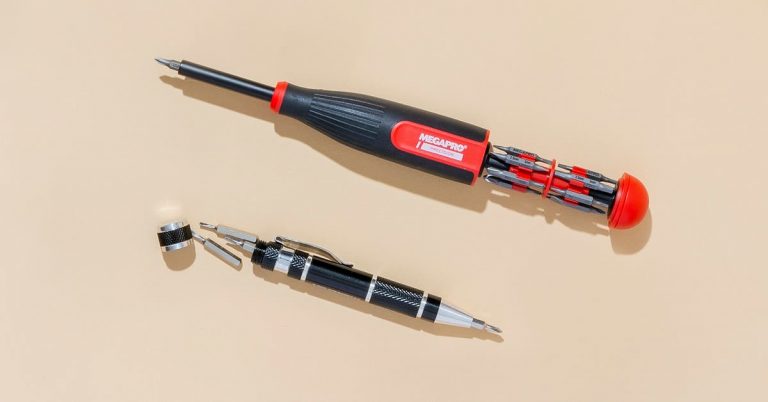Are Merino Wool Shirts Really Stink-Resistant?
I started with Proof’s shirt, which is made of 87% merino wool and 13% nylon. It was light and breezy on my body, and it fit well in my normal style rotation. It’s also machine-washable. Because it is literally called the “72-Hour Merino T-shirt,” I decided that three days should be the bar for testing its smell-resistance.
To eliminate any factors that could skew results, I decided to stop wearing my stink-quashing deodorant entirely for those 72 hours.
And then I wore this shirt for three consecutive days.
Really. I wore it around in my daily life, to the movies and to dinners and to bars. On day three, I took it on a hike.
I even slept in it. There is, truthfully, something profoundly unnerving about wearing the same shirt you slept in out to a coffee shop or to meet friends. But in the name of science, I was determined to make this shirt smell or, at the very least, to hold it to its promise.
Like a foxhound on the prowl, I sniff-tested the shirt in the mornings and in the evenings, especially by the right underarm, the smellier of my two armpits.
After three days, I found the shirt was unencumbered by even a hint of sweat or body odor. It smelled as if it had just been cleaned — of absolute nothingness. I confirmed this by asking a friend to smell my shirt. This was someone who’d be honest and who, as a joke, would probably tell me that I smelled even when I didn’t.
On the fourth day, I took the shirt on a run, and the smell finally broke through. I returned home to the familiar scent of day-old T-shirts. However, after I let the shirt air out overnight, the scent had vanished entirely.
I hated the thought of wearing the shirt again without washing it first. It was abhorrent.
But what if Archimedes had never taken his famous bath? What if Leonardo da Vinci had never convinced one of his assistants to jump off a building in a wing suit to see if man could be made to fly? What if all men of science stopped the moment their experiments became difficult?
I decided to press on, and I took the shirt on a cross-country red-eye flight for a long weekend. I changed shirts only so that I could wear a collared shirt to my brother’s baby shower, but then I wore the T-shirt on yet another cross-country flight.
After my trip, I smelled myself and asked my wife to smell me. And I confirmed that only the vaguest scent of body odor was detectable — a scent that vanished once more after a night of rest.
After six days I called it. Proof’s shirt had defeated me.
I repeated my process with Outlier’s shirt, which is made of 100% merino wool and was similarly light, comfortable, and easy to style.
I wore it on two long flights, around the house, and out in my daily life. I slept in it, took long walks in it, and danced in it. I even sautéed onions in it. I tried my best to cobble together different outfits, pairing the shirt with trousers and jeans and cardigans, hoping to obscure the fact that I’d been wearing only two shirts over the past eight days.

By the third day, Outlier’s shirt had acquired a slight muskiness. And it did not air out overnight with quite the same vigor as Proof’s T-shirt.
Three days, however, is a respectable streak — roughly two days, 23 hours, and 15 minutes longer than regular cotton T-shirts have lasted me. I think the Outlier shirt’s weight made it slightly less airy than Proof’s shirt, thus hindering some of its stink potential.
But after giving the Outlier T-shirt a second day of rest, all traces of body odor had been relinquished into the ether. It was, once again, odor-free.
The thought legitimately strains credulity. For someone who can occasionally smell straight out of the shower, the fact that I could get away with packing two shirts for a 10-day trip is a notion that made me pause and redo my calculations. The idea is, frankly, stupid. Yet in defiance of everything I believed about my ability to stink up a shirt, here I was, 10 days later, nattily dressed in a fresh-smelling T-shirt.






